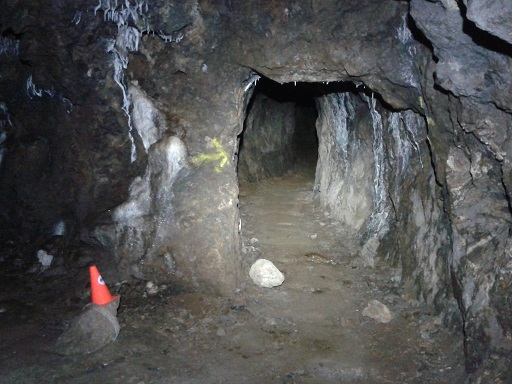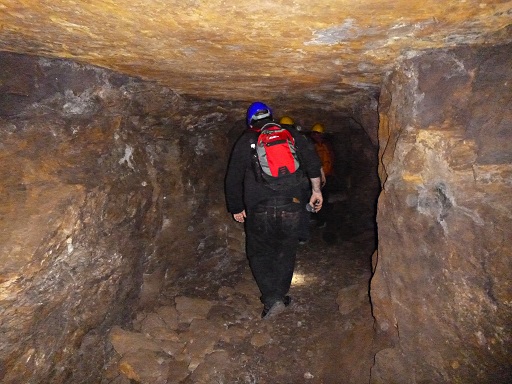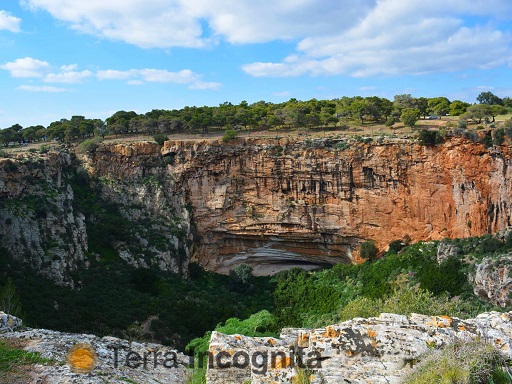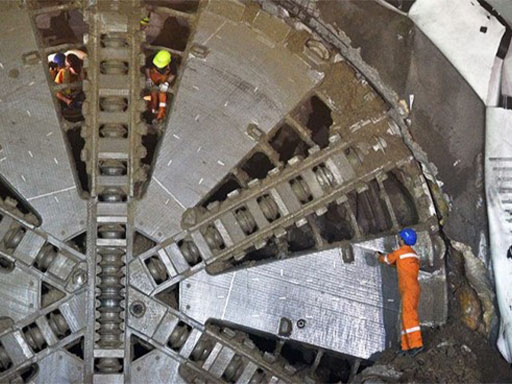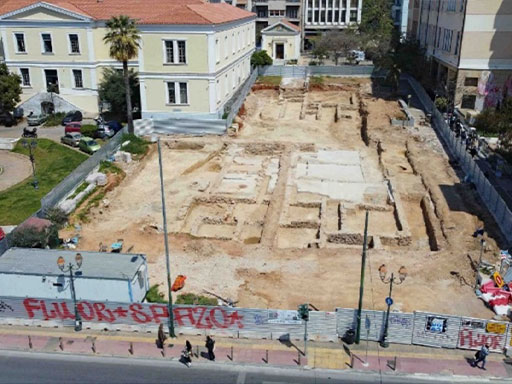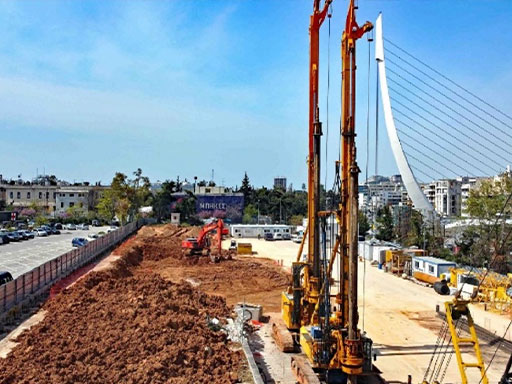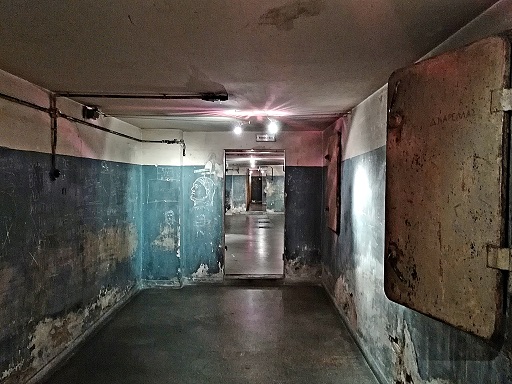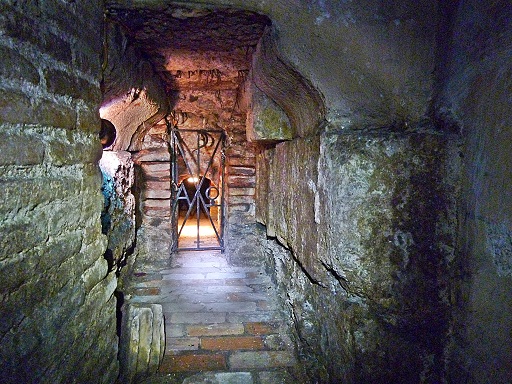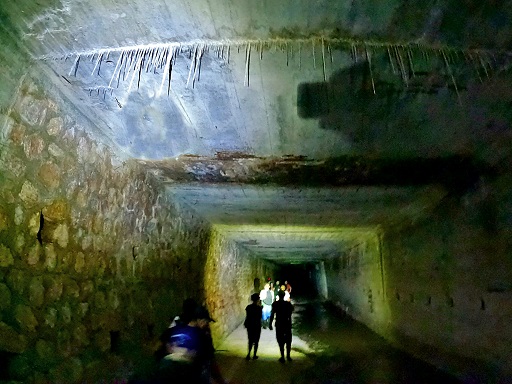The studies for the Ilioupoli tunnel and the leveling of Vouliagmeni Avenue are progressing. As the CEO of Lamda Development stated in a press conference on Tuesday, the company has undertaken the maturation studies for the project commissioned by the Ministry of Infrastructure and Transport.
According to Mr. Athanasiou, the studies are estimated to be completed and handed over to the ministry in 2023 in order to start the implementation of this major road project. The prioritization of the Ilioupoli Tunnel project as an extension of Attica Road in combination with the leveling of Vouliagmeni Street up to the height of Ellinikon will help to improve the traffic congestion observed both on Karea Avenue and Vouliagmenis Av., especially rush hour.
Why is the Ilioupoli Tunnel important?
As the head of Lamda said, the assessment that exists is that in 2026 the “uneven” Vouliagmenis Avenue will be able to operate and in 2027 the Ellinikon Tunnel will also be able to operate. Essentially, with the operation of the tunnel, three things will be achieved at the same time.
Firstly, the “free” ring in the metropolitan complex of Athens is largely completed. With Kifissos, Attiki Odos, the Ilioupoli Tunnel and the uneven Vouliagmeni Avenue, Athens will have a network of traffic light-free axes that will serve both north-south and east-west thoroughfares. In short, someone will be able to move quickly from one area to another in a few minutes, even if the distance within the urban fabric is considered far.
Secondly, the quick connection of the southern suburbs with Mesogeia and of course with El. Venizelos Airport is achieved. Today, to move for example from Alimos to the Airport, in normal traffic conditions, it takes 45-50 minutes via Vari-Koropi. With the Ilioupoli Tunnel, the time will be reduced by almost 15-20 minutes, while the Vari-Koropi axis will also be relieved of traffic.
Third, there will be much faster access to the Ellinikon pole, given the predictions for tens of thousands of visitors every day. If we imagine that today Vouliagmenis Avenue is particularly congested for several hours a day, with the operation of Ellinikon in 2026, the axis will practically turn red with traffic. With the leveling of Vouliagmeni Avenue and the help of the Metro and the Tram, it is estimated that access to the Elliniko investment site will be easier.
An example of what Vouliagmenis Av. means combined with the Elliniko area without any intervention, is what we experienced last year in the first days of operation of the Experience Park when drivers needed up to half an hour to be able to approach the area.
Advertisement
Equally important could be the connection of the Tram network with the Metro station in Vouliagmenis Av. as it will allow the connection of the two major avenues that cross the Ellinikon pole, preventing the use of the cars. Within the area, the relocation of the line that leads from Poseidonos Av. to the Tram Station is planned, within the corridor of the long walk from Vouliagmenis to Poseidonos.
With the connection of the Tram to the Metro station, an easy transition will be achieved within the various areas within Ellinikon and mainly from the area of Vouliagmeni to the tourist zone of Agios Kosmas.
What is the Urban Tunnel of Ilioupoli?
The urban tunnel of Ilioupoli will start approximately from Sakketa camps and end at Vouliagmenis Avenue. Various scenarios are being considered for its conclusion, including the connection at the height of the Metro Mall at the border of Agios Dimitrios and Ilioupoli. Then the project includes leveling all the nodes up to the height of Ellinikon
The tunnel will be approximately 3 kilometers long and will consist of two distinct branches, one for each traffic stream. It will have three lanes per traffic stream and the latest in road safety technology. In the project, modern techniques will be applied, as well as BIM technology, in order to contain the costs, which are currently estimated at around 450-500 million euros, at current prices.

